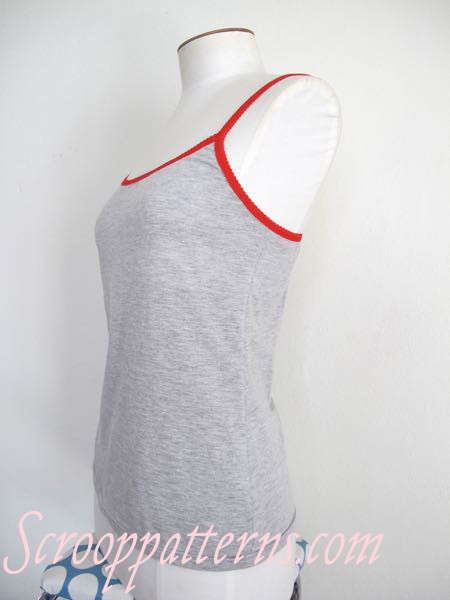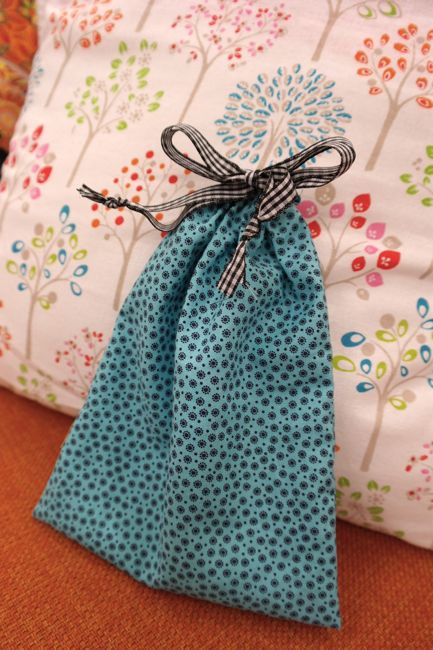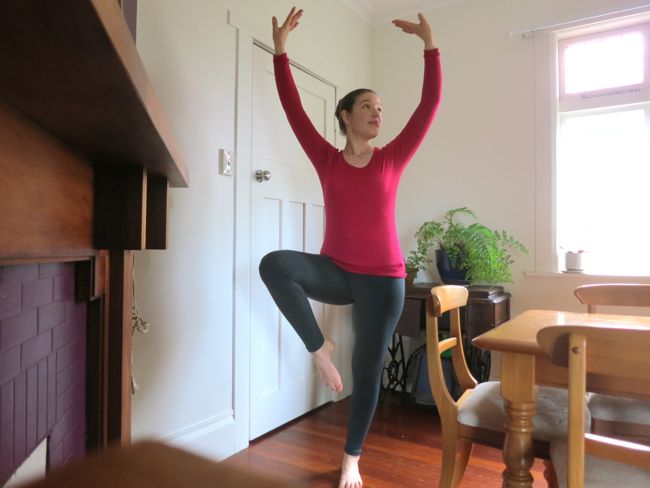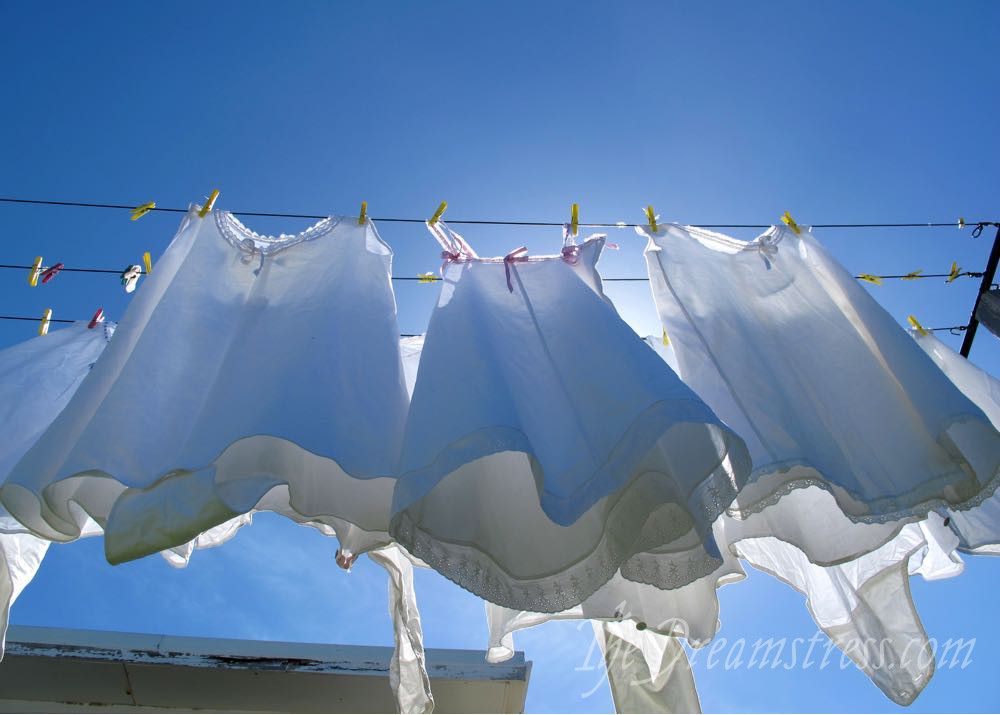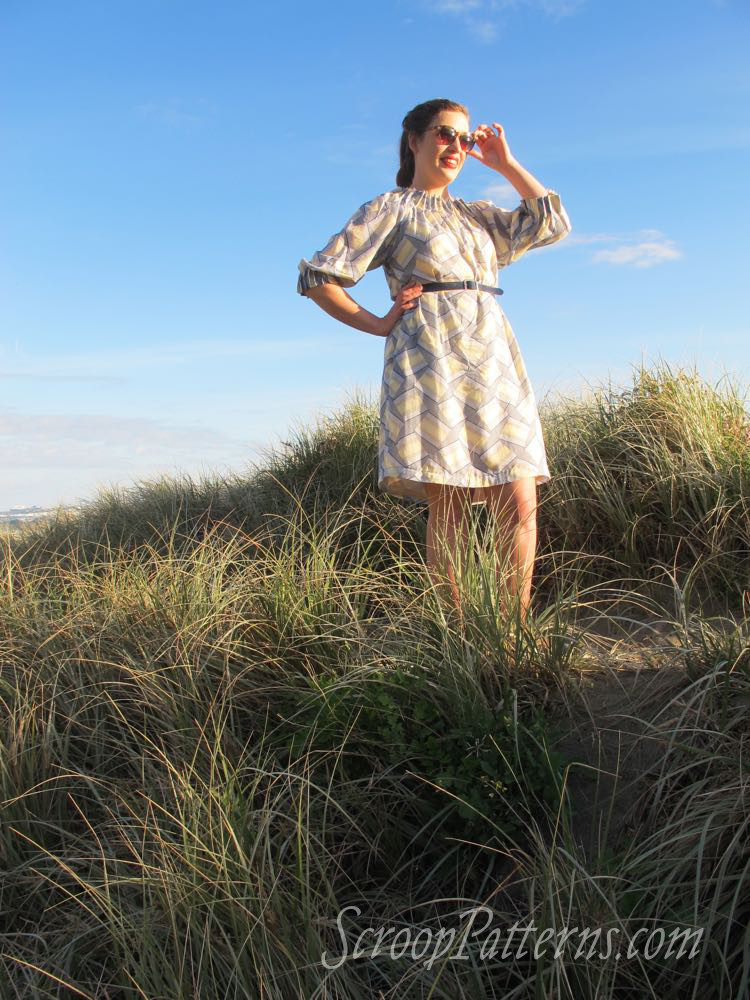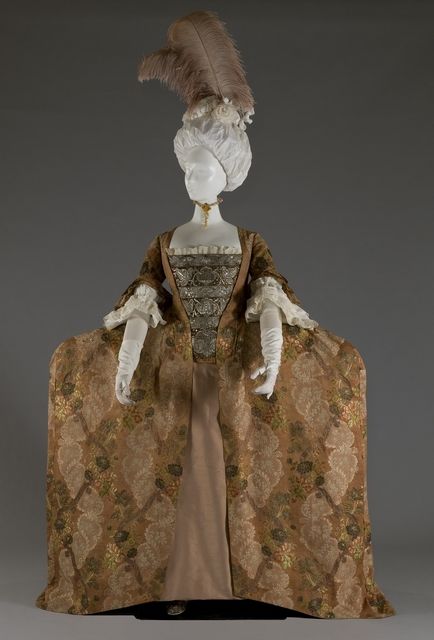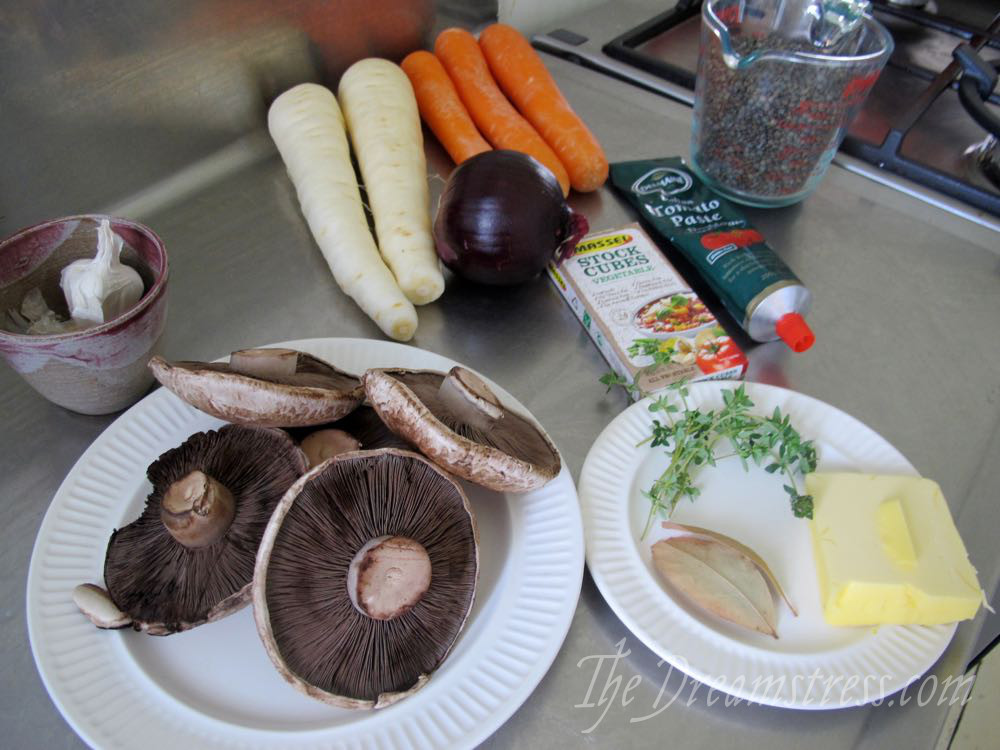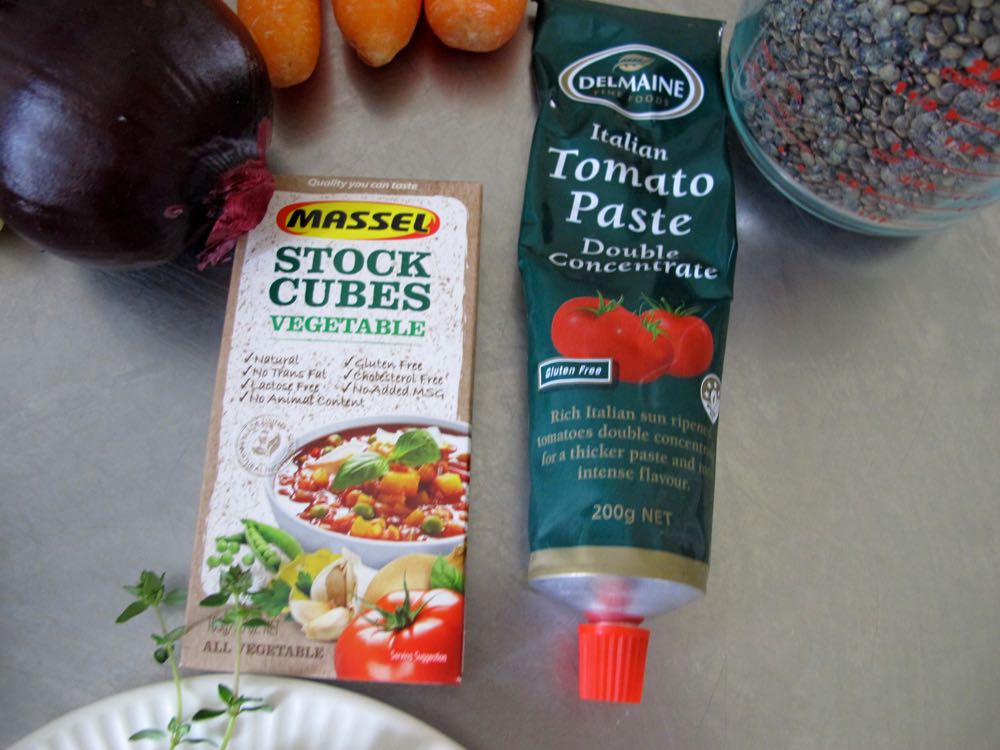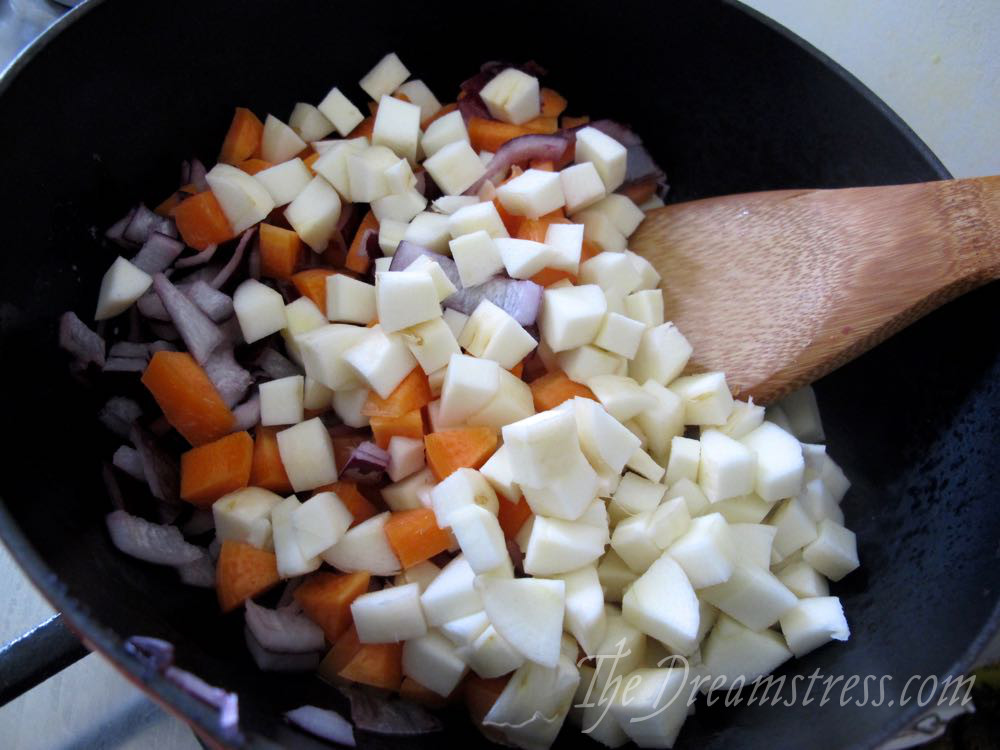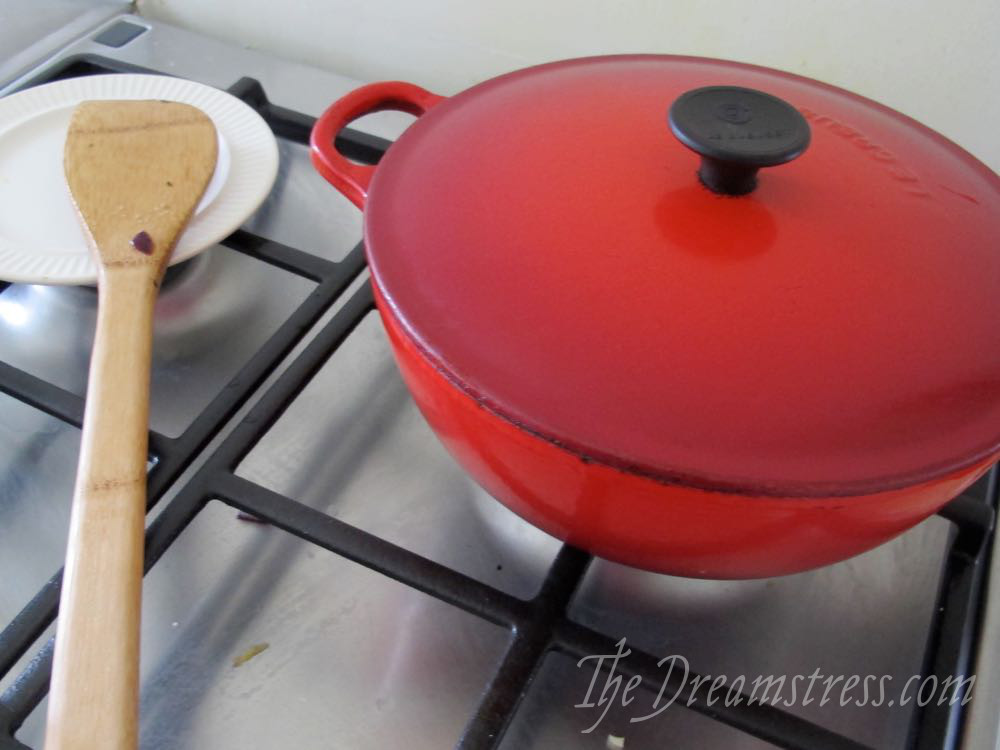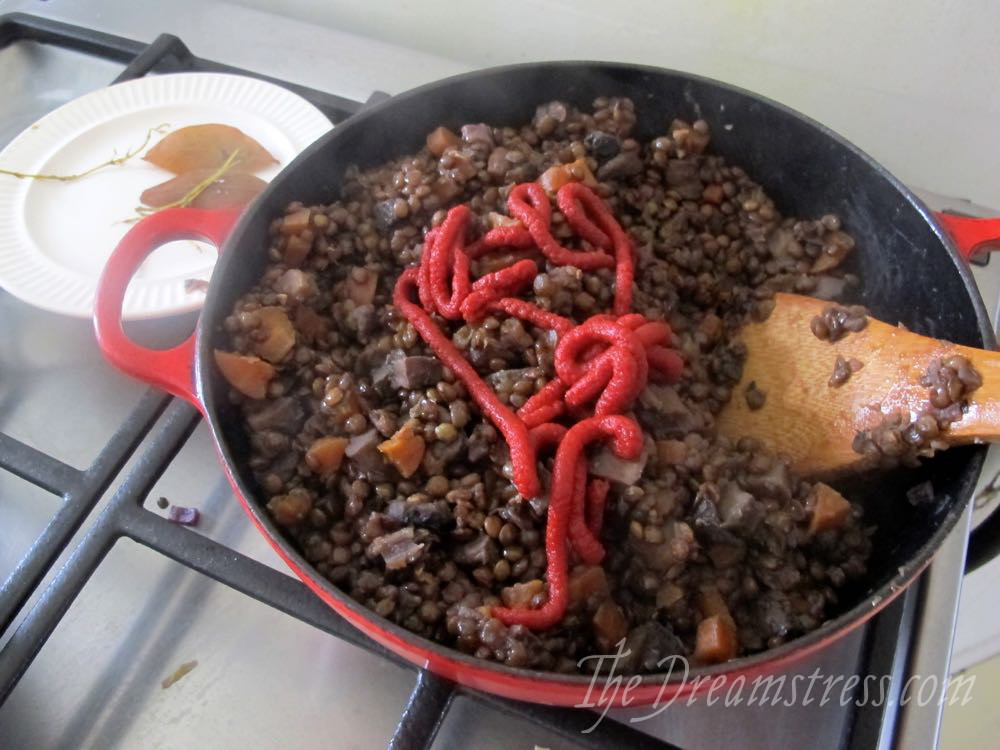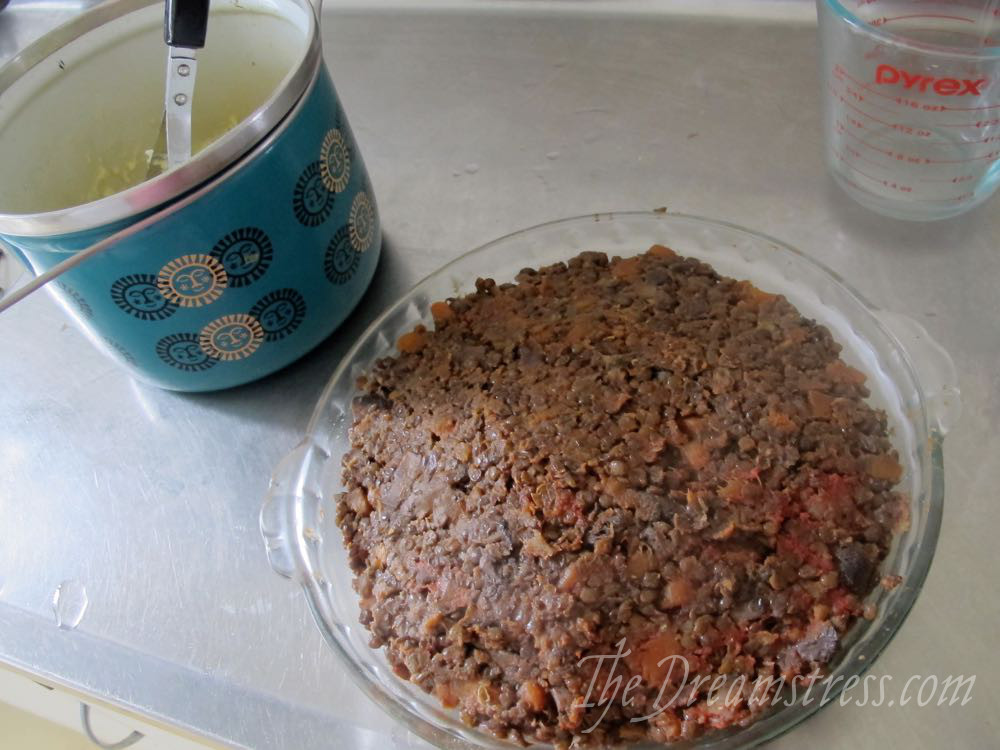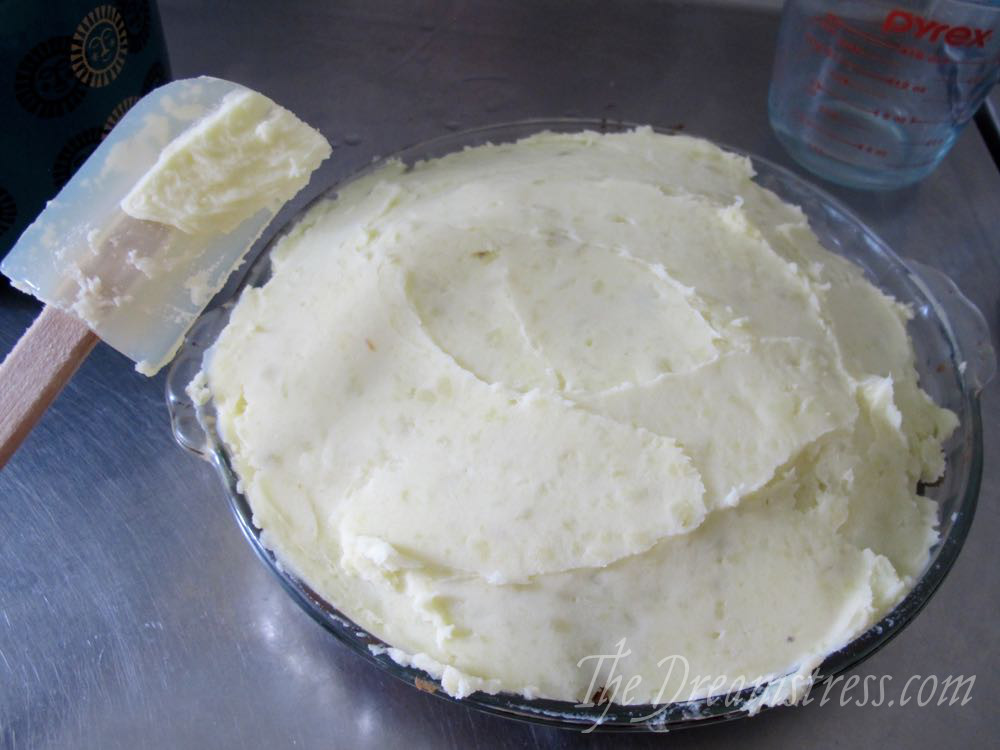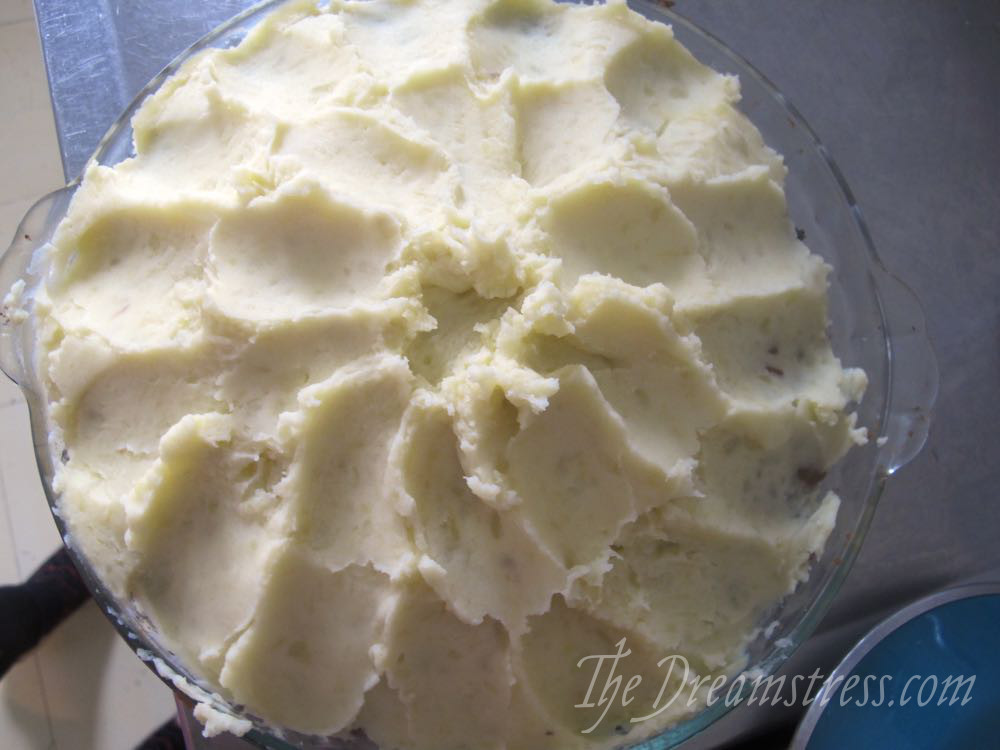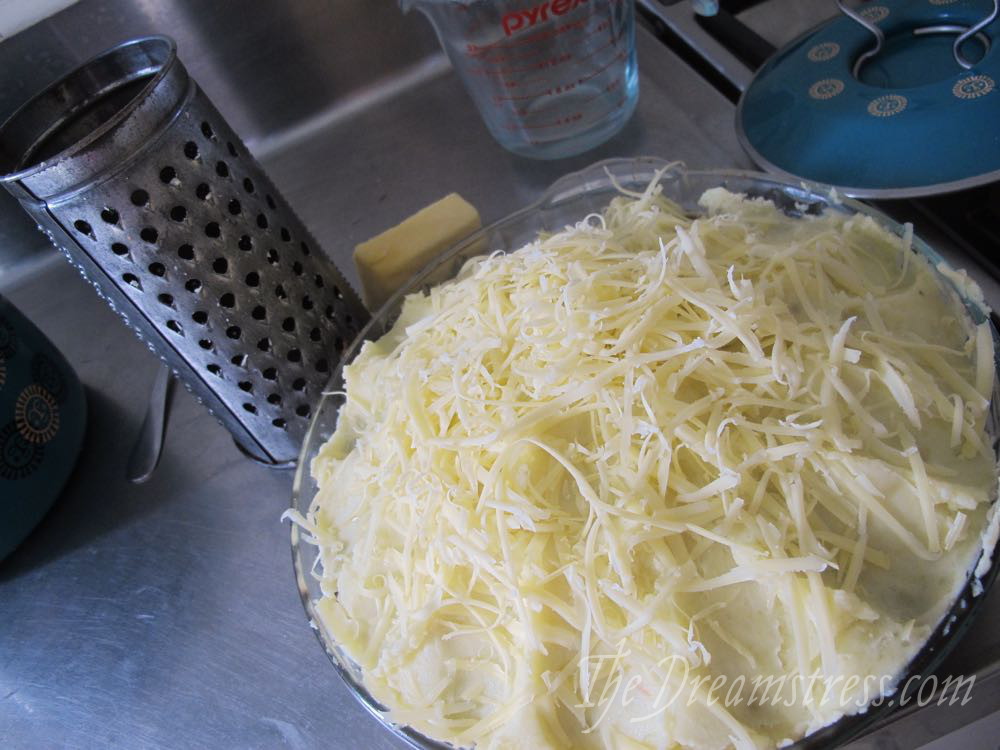I love a good super-involved, super-massive, super-elaborate sewing project (who, me?), but sometimes I need a break from all that super. For that, I have what I call sewing palate cleansers – simple little projects that I don’t have to think about too much, and that give me a break and a refresher between brain-breaking sewing marathons.
My five favourite sewing palate cleansers:
#1: Wonder Unders
I can never have too many singlet camisoles and knickers! And, at under 1/2 an hour a project, they are a great break when I still have to jump back into full-on-sewing.
#2: Drawstring bags:
I use these for sorting all sorts of things, for travelling, and as gift packaging. Another one always comes in handy. And they give me a good opportunity to use really cute craft cottons I otherwise don’t have a lot of reason to play with. Bonus!
Find the tutorial for making your own here.
#3: Leggings
Thanks to the Cake Espresso leggings pattern, I’ve gone from being anti-leggings, to loving them. I wear them under dresses all winter long, and have used them as the basis of some pretty fun costumes, from my WWI Dazzle camouflage inspired swimsuit, to my ersatz ‘Jedi’ costume.
#4: Wearing History’s 1910s combinations
If I don’t feel like sewing knits, Wearing History’s 1917 combinations are just the right combination (haha) of fast and fun. Between my Fortnight in 1916 project, and love of 1910s fashion, there seemed a time when I couldn’t sew enough of them.
However, I now have 16 pairs of combinations, which might be a little overkill, so I’m going to switch my attention to simple chemises like this one, to see if I can get those to take as a refresher!
Get the pattern here
#5: Rosalie Stockings:
I wear them as everyday wear in the winter, I wear them with vintage (seamed stockings in every colour you could ever want – what’s not to love!) and I wear them constantly when costuming. They take about 20 minutes. Plus, I can do them from start to finish on a overlocker – which is a nice break if I’ve been primarily on a sewing machine for days on end.
The pattern and tutorial is here.
#6: Henrietta Maria tucks
This one is a bit of a cheat, because the whole garment is a bit much for a palate cleanser. I just love doing the tucks on the Henrietta Maria. It’s very relaxing and zen. You just start doing it, and into a rhythm: fold, measure, sew, fold, measure, sew. Very quickly I don’t have to think at all while doing it.
Quite a few students and pattern buyers have also told me they find they love sewing the tucks! They expected to hate it, but just enjoy the repetition.
I need to find someone locally who enjoys the Henrietta Maria as much as I do, but wants to do all the other stuff while I do the tucks. We can trade off sewing one for each of us. Then I’ll always have a Henrietta Maria ready to tuck when I need a tuck-break!
What about you? What are your little projects you turn to to relax between (or in the middle of) big projects?
Or are you more of a big project after big project sewer?
Or do you need to do something other than sewing as a palate cleanser?


